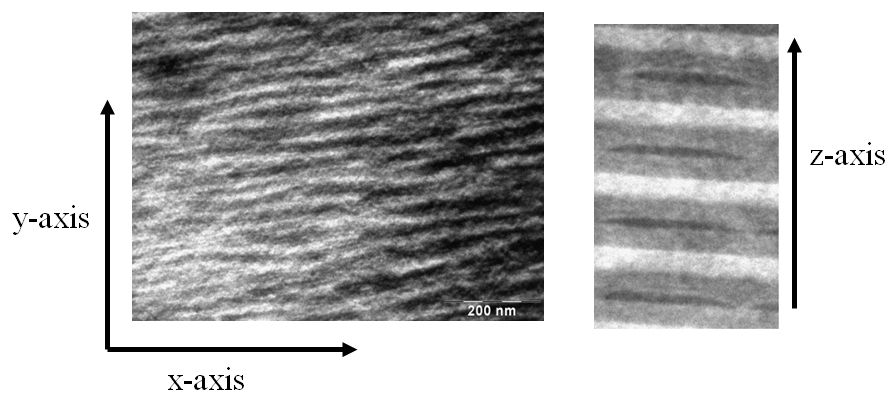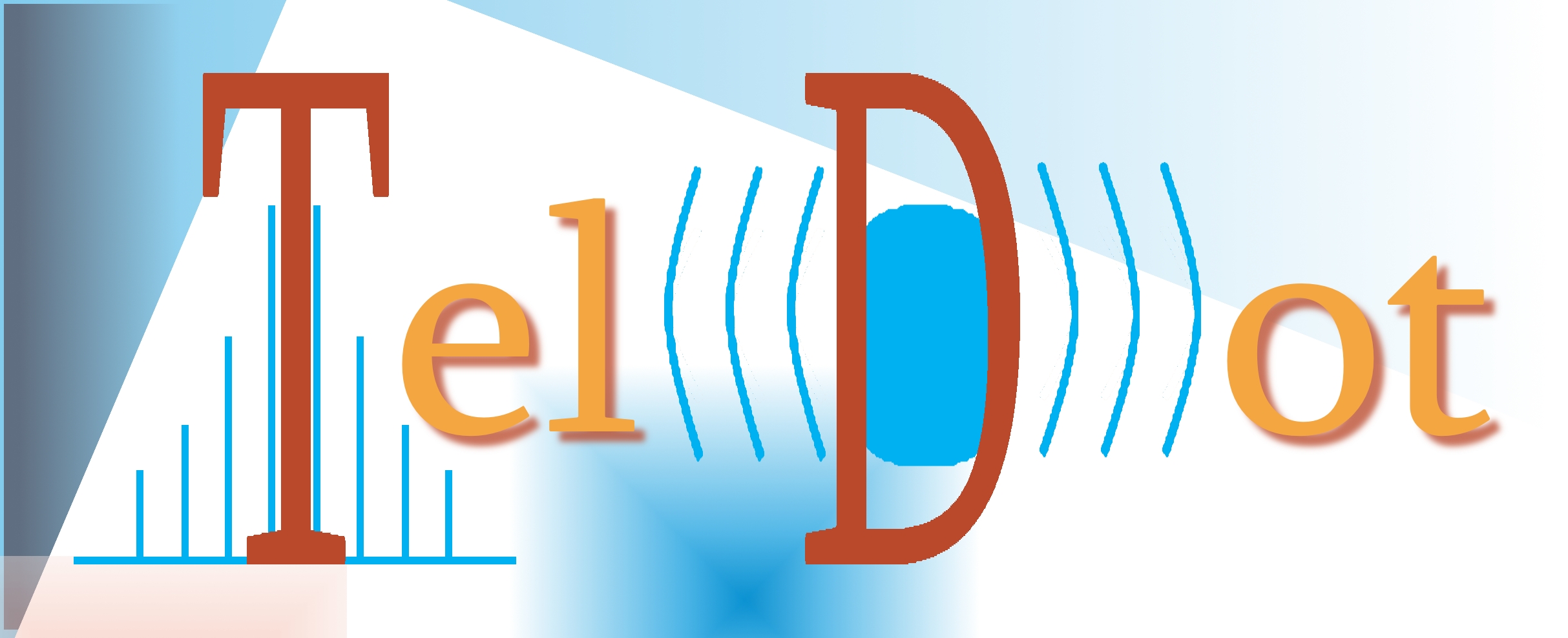|
|
Project Description
Quantum Dot based lasers
 |
Transmission electronic microscopy images of Al-free Qdashes grown by GSMBE
Plan view image (left) and cross-sectional image (right) |
The following remarkable and true advantages of Quantum Dot/Quantum Dash Mode Locked lasers (MLLs) will be used in the Teldot Project:
- High Gain,
- High Differential Gain,
- Low Threshold Current,
- High Characteristic Temperature,
- Low Linewidth Enhancement Factor.
|
Complements:
The 3D carrier confinement of Quantum Dots (QDs) leads to remarkable properties such as enhanced non linear effects.
Indeed, stable mode-locking has been observed from single section Fabry Perot laser diodes based on QDots/QDashes grown on InP substrates, without resorting to a saturable absorber section
[C. Gosset et al., Appl. Phys. Lett., Vol. 88, 241105, (2006)].
This is attributed to the enhanced Four Wave Mixing Efficiency (FWM) in this novel material system.
Analysis of the Radio Frequency spectrum showed an ultra narrow beat note linewidth of the order of a few kHz, typically two orders of magnitude lower than that of conventional Quantum Well (QW) based Mode Locked Lasers.
This is the signature of a low phase noise of QD lasers, implying low timing jitter.
Hence, QD MLLs have been shown to fulfil ITU requirement for all-optical clock recovery at 40 Gb/s
[J. Renaudier et al., IEEE Photon. Tech. Lett., vol 18, N° 11, pp.1249-1250, (2006)]
and used for low-noise optoelectronic oscillators.
Similarly, two-section InAs/GaAs QDs MLLs have demonstrated superior performances in terms of pulse duration and timing jitter compared to QW based MLLs.
For several years, QD based lasers and devices have been the subject of considerable interest owing to expected unique properties that result from the 3D confinement of charge carriers
[A. Arakawa and H. Sakaki, Appl. Phys. Lett. 40, 939 (1982)].
|
 Teldot Objectives Teldot Objectives
 Teldot Structure Teldot Structure
 History History
|




 Teldot Objectives
Teldot Objectives Teldot Structure
Teldot Structure History
History